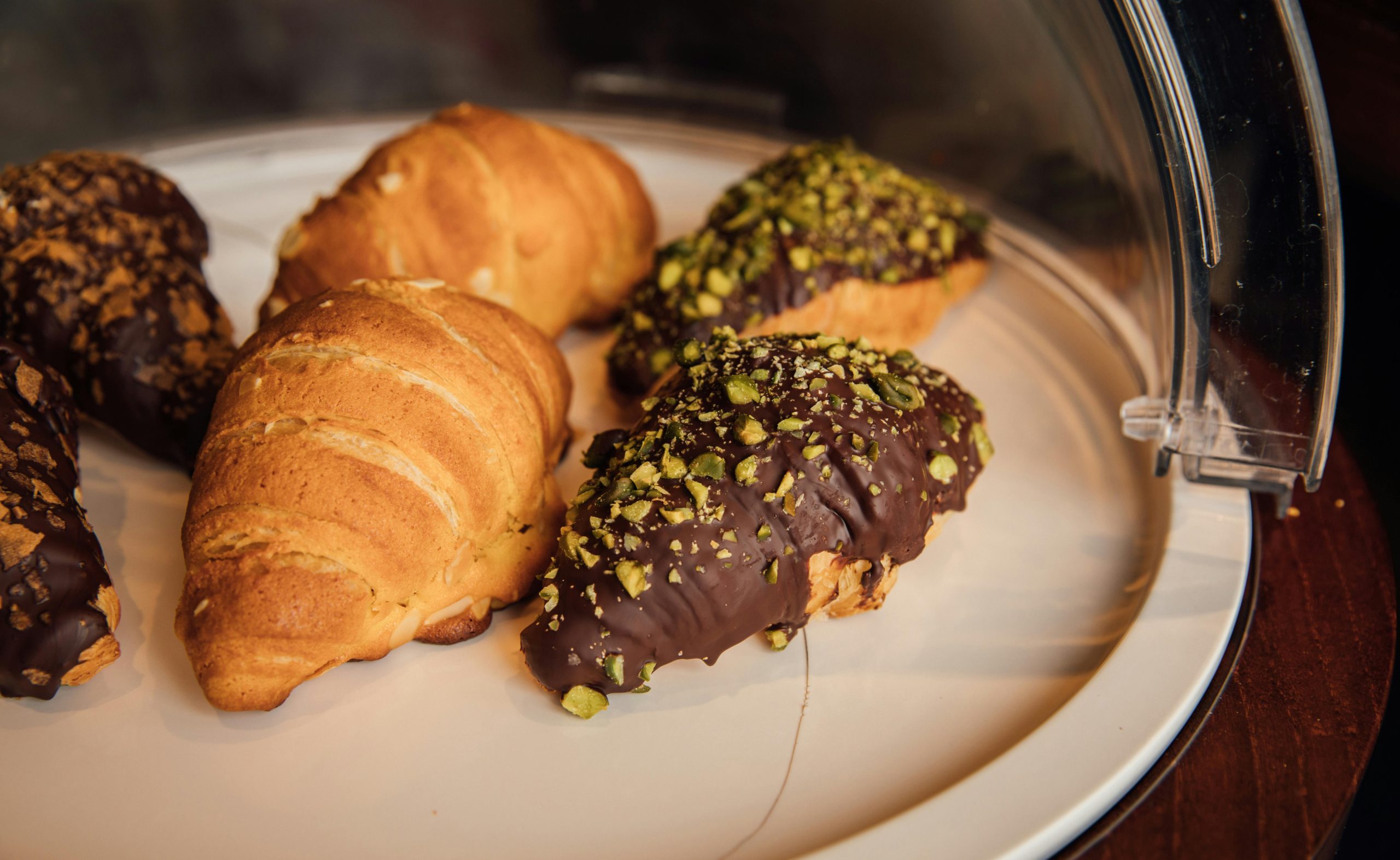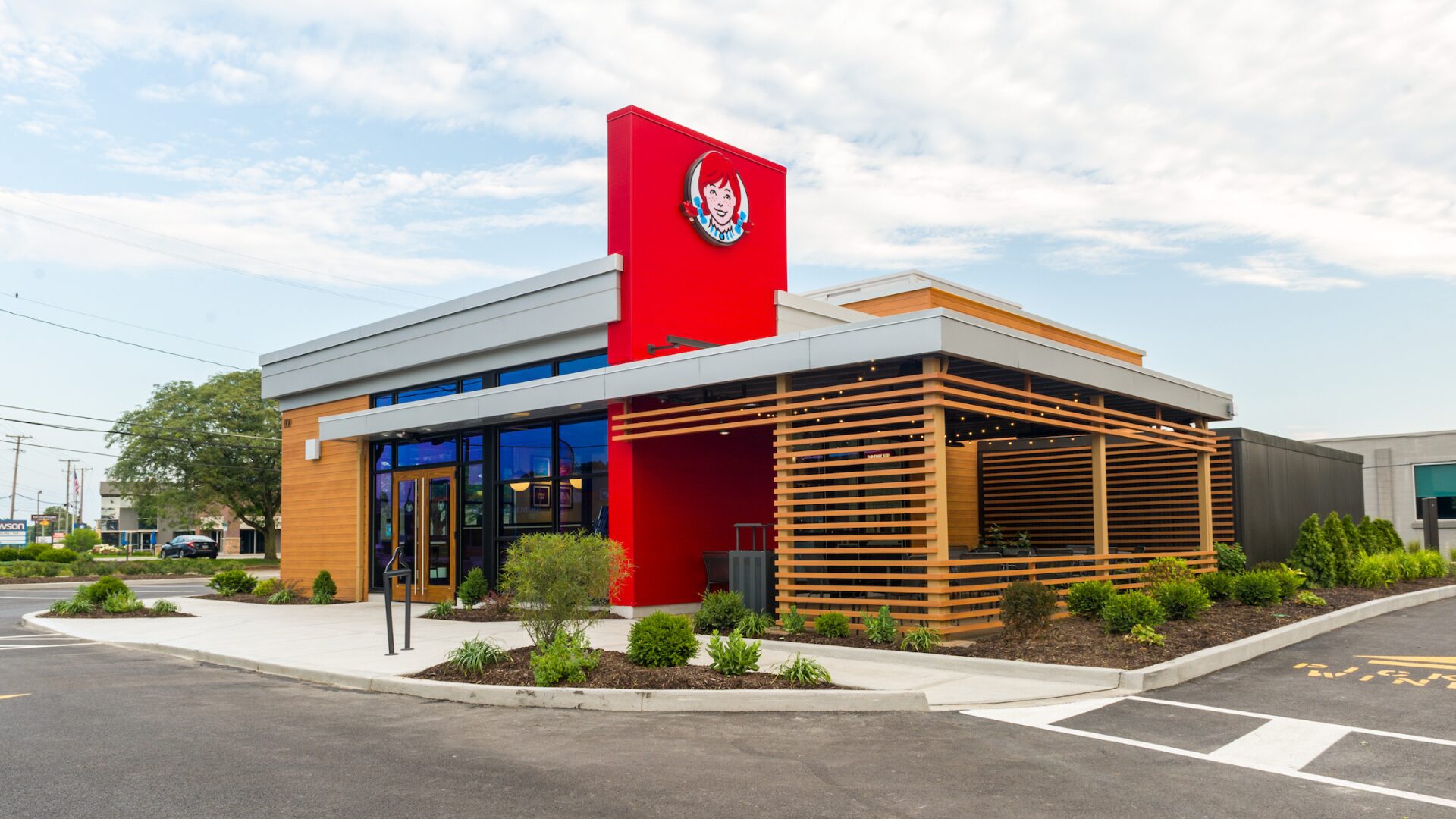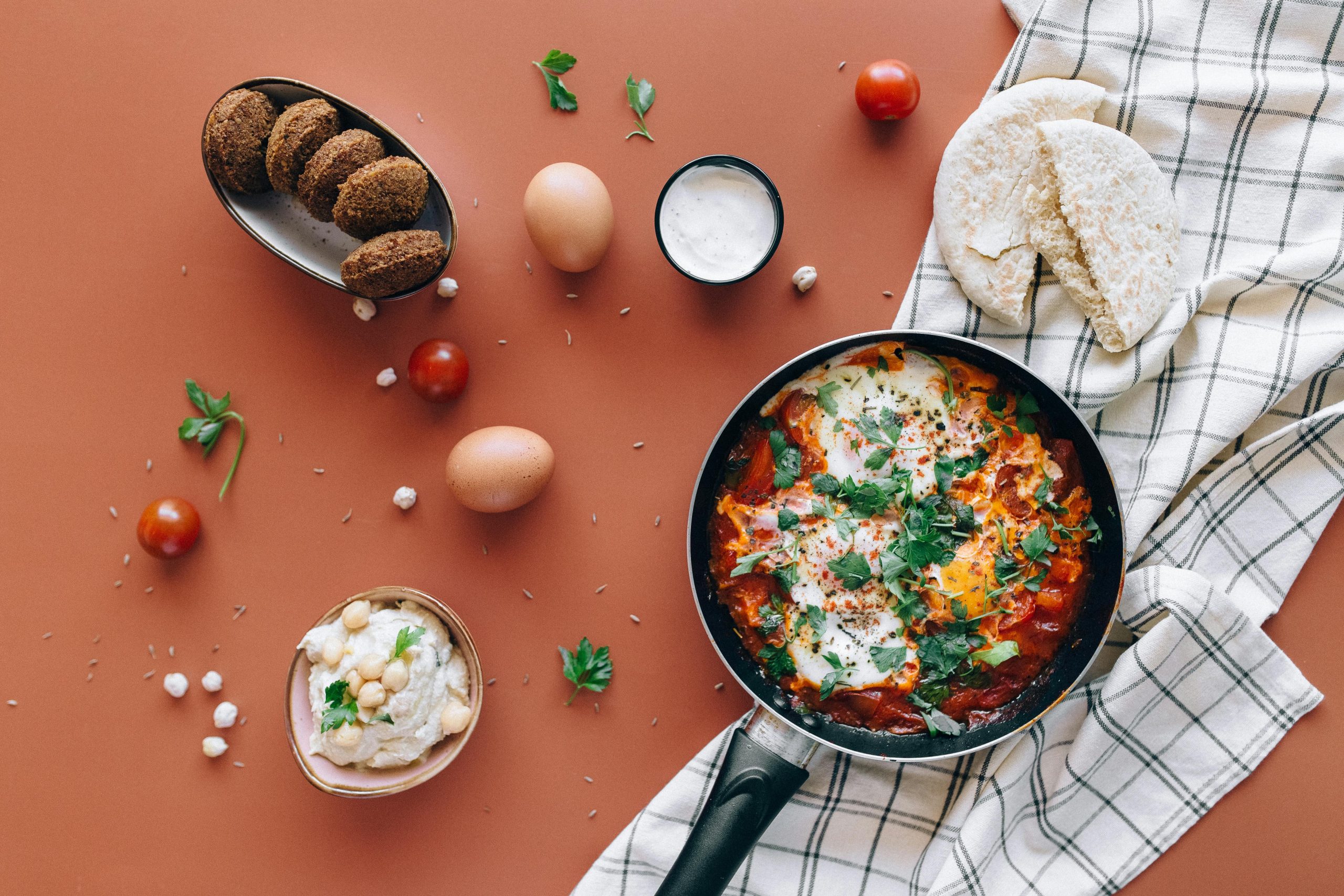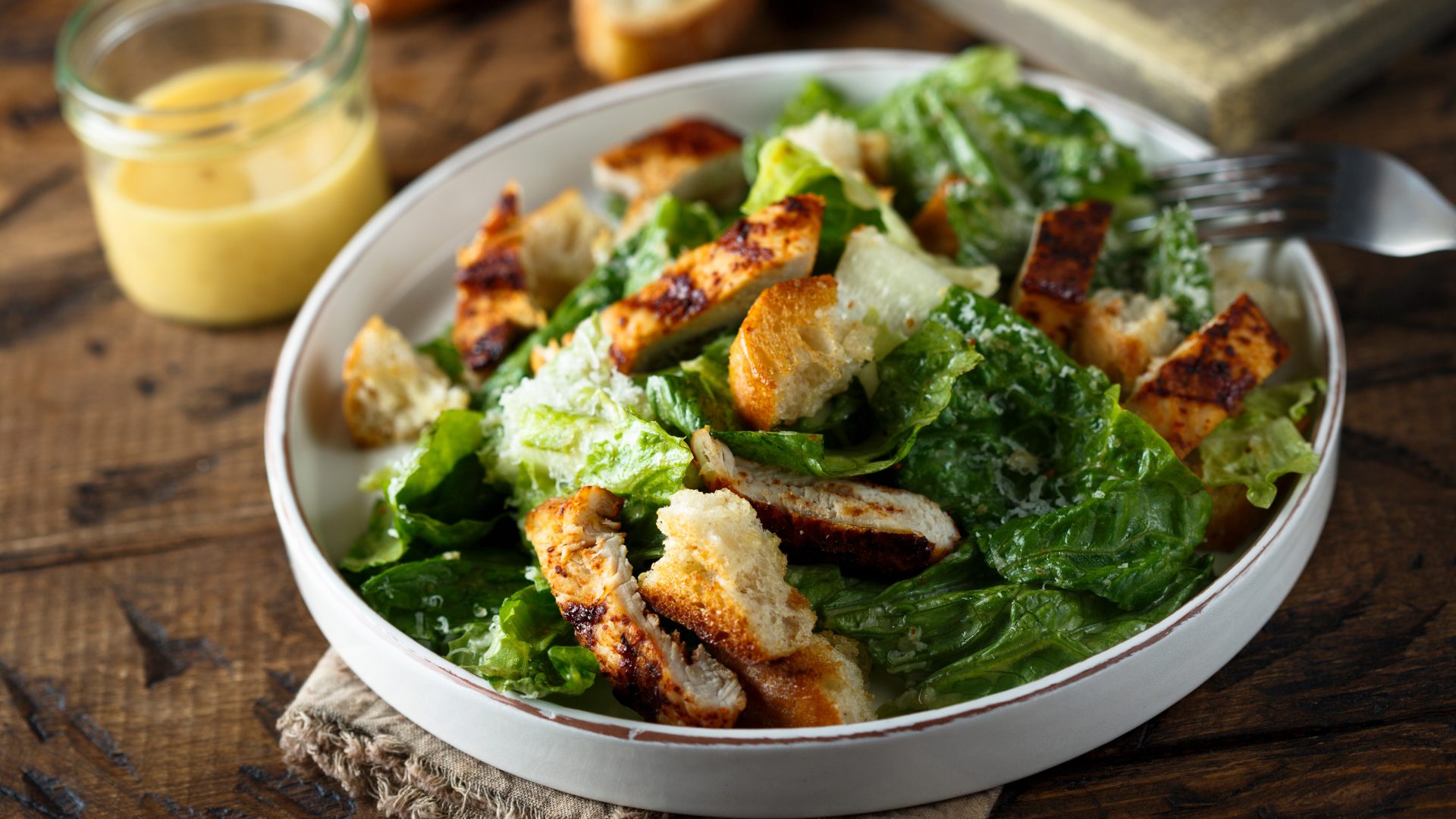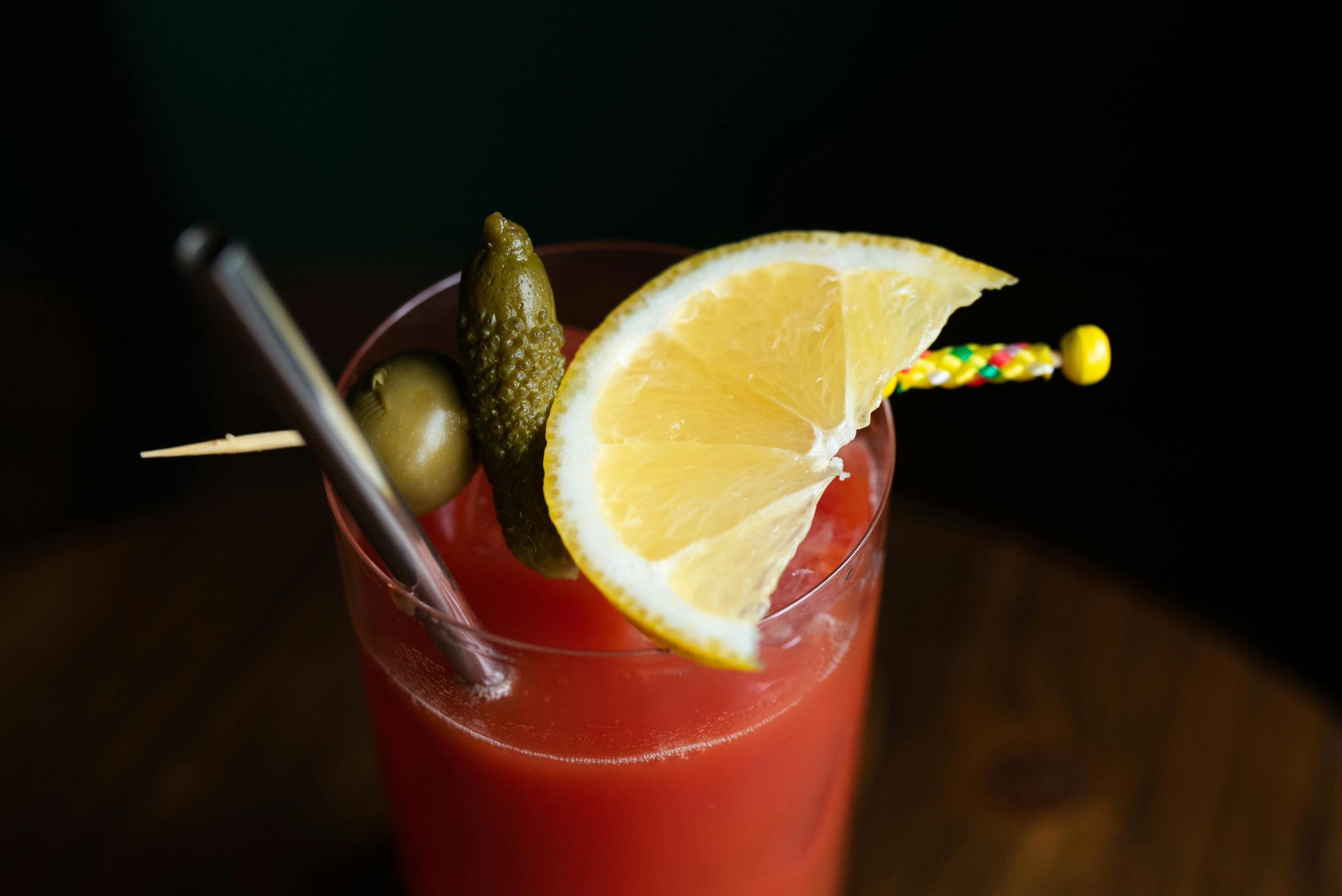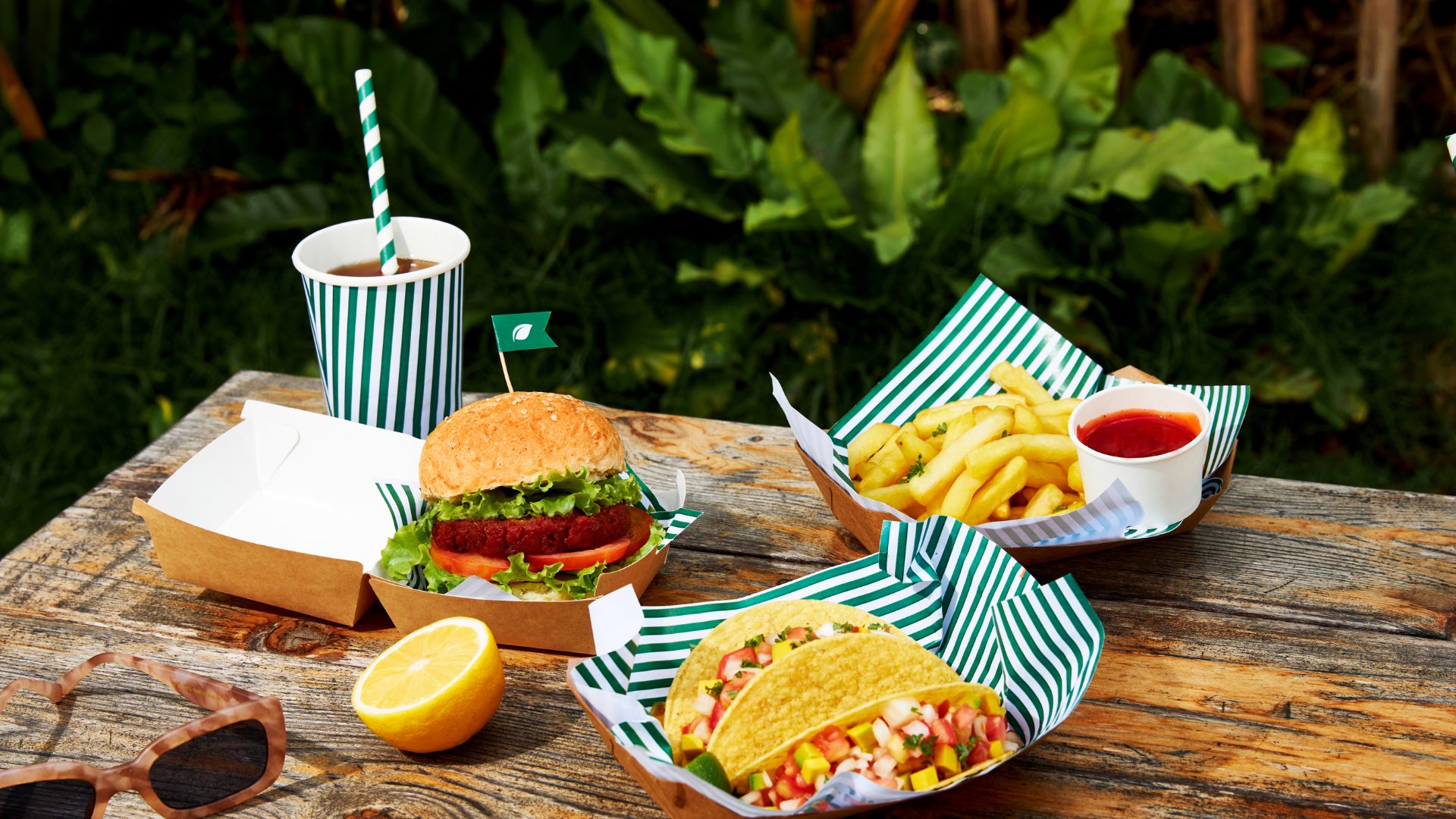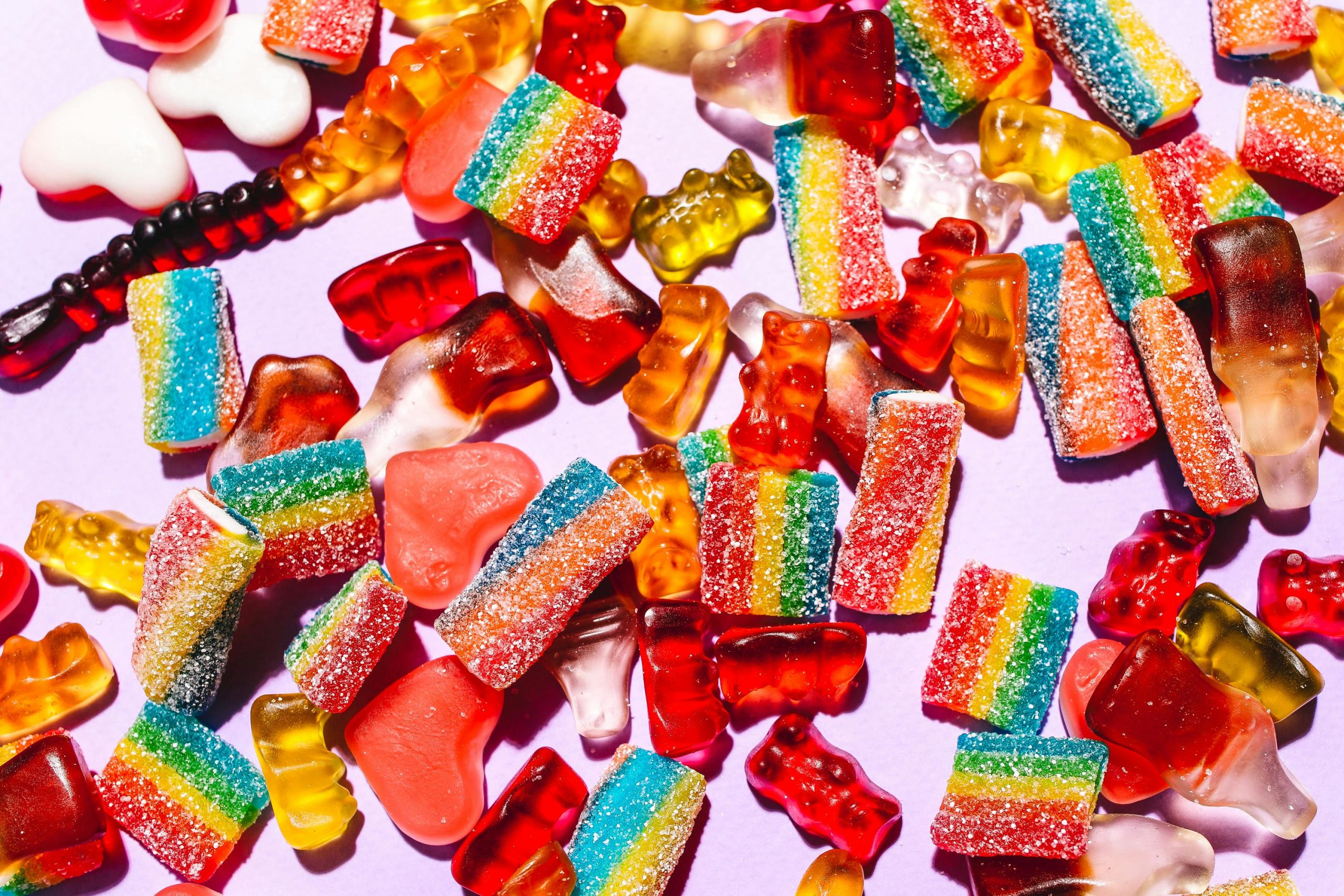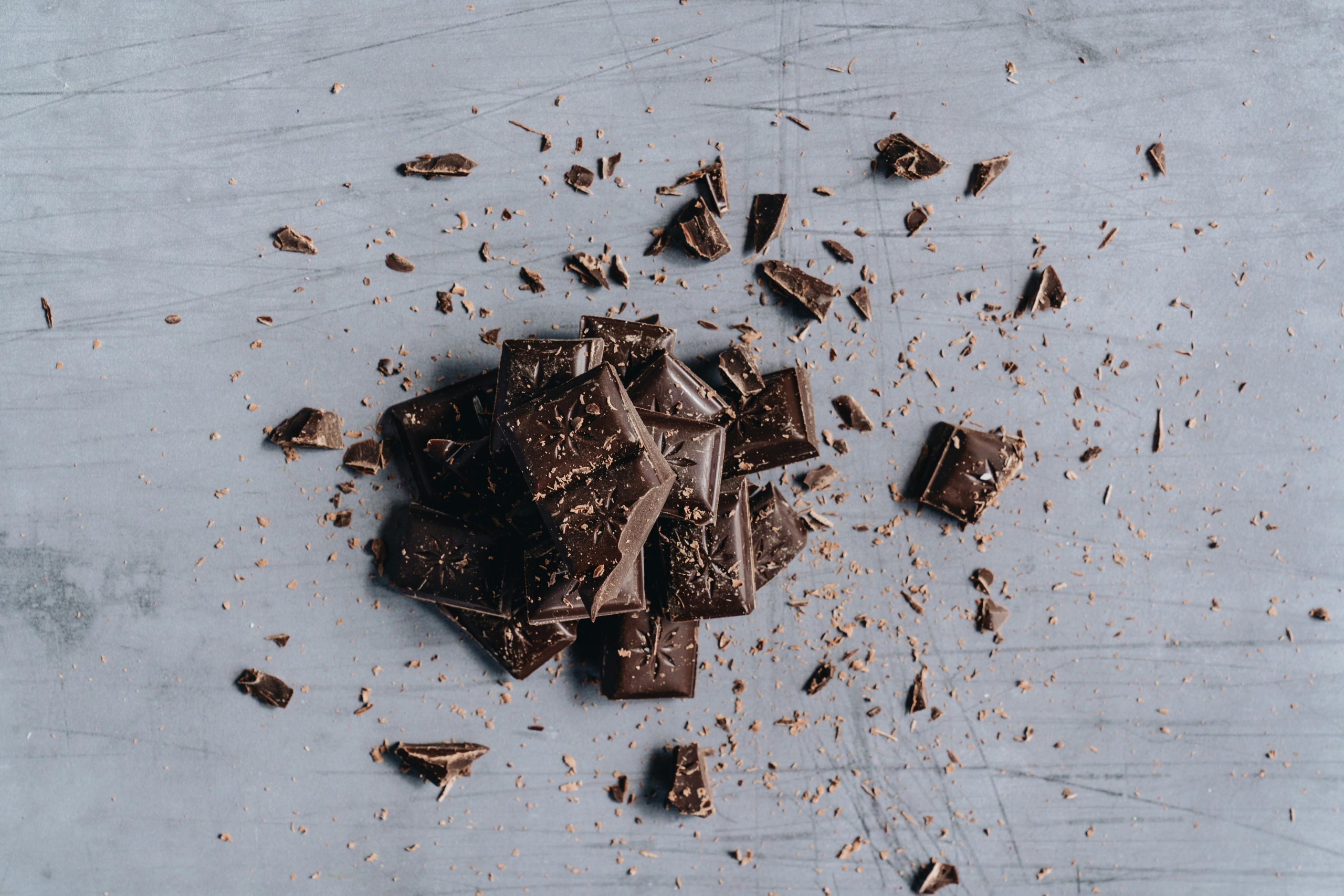Dubai chocolate is all the rage these days, enjoying explosive global growth since its viral debut in 2021.
Within the foodservice sector, the trend has emerged in menu items ranging from the Dubai Chocolate Bar Matcha Latte at Starbucks and the Dubai Chocolate Pistachio Shake by Shake Shack to the Dubai Chocolate Mochi Donut from Paris Baguette North America and the Dubai Chocolate Sundae by Marble Slab Creamery.
What Is Dubai Chocolate?
Layered with bits of crispy kataifi pastry, silky milk chocolate, and pistachio – either finely ground or in paste form – the original Dubai chocolate bar was launched as an LTO menu offering at FIX Dessert Chocolatier, a UAE-based dessert concept founded by Sarah Hamouda, who developed the chocolate bar in collaboration with Chef Nouel Catis.
Catis had always been drawn to Arabic flavors, according to Bryan Quoc Le, a food scientist, food industry consultant, and author, so the partnership was a natural fit.
“The original idea for the chocolate was Kinder Kunafa with tahina and pistachio, but it evolved into a blend of pistachio, tahina, and kunafa,” Le told The Food Institute.
So, how did it land with consumers?
Dubai Chocolate Goes Global – and Viral
“The chocolate was well-received locally but went viral globally after a TikTok video by Maria Vehera, who did ASMR on these chocolates. Since publishing the video on TikTok in 2024, it has received 126.5 million views and inspired countless foodies, chocolatiers, and even popular grocery chains to create their own versions,” Le explained.
According to Rhonda Dehn, a third-generation chocolate maker and the CEO of Morkes Chocolates in Chicagoland, a sizable portion of Dubai chocolate’s appeal revolves around its “visual appeal and the unique textural contrast of its crunchy, nutty fillings.”
It makes sense, given that texture is an attribute that’s become increasingly important to today’s consumers – especially Gen Z.
In addition to the F&B giants, smaller, independent brands are also experimenting with Dubai chocolate in novel ways.
“A new variation, like the ‘Angel Floss’ (which is like cotton candy), has emerged recently and is now trending. Capitalizing on this trend, we also developed our own Dubai Bars [at Morkes Chocolates] based on our recent trip to Dubai,” Dehn said.
Dubai Chocolate vs. the Cocoa Crisis
According to Max Dugan-Knight, a climate data scientist at Deep Sky Research, the Dubai chocolate trend has an interesting climate change-related angle as well, as volatile weather conditions – especially extreme heat throughout West Africa – have continued to take a toll on both the cocoa supply and prices.
These developments have prompted manufacturers to create products that require smaller quantities of cocoa due to the addition of other ingredients.
“Producers of Dubai-style chocolate have been able to keep costs down while traditional chocolate production has become more and more expensive,” Dugan-Knight told FI.
However, cocoa isn’t the only ingredient in Dubai-style chocolate that’s in crisis.
“Iran and Turkey, two of the world’s largest pistachio producers, are suffering from drought, and pistachio production is down as a result. Global pistachio prices have not yet risen to the same extent as cocoa, but Dubai chocolate may not be a less expensive product to produce in the long term if current climate conditions persist and likely worsen,” Dugan-Knight added.
“The effects of climate change can sometimes feel distant and abstract, but impacting the kind of chocolate we eat is pretty direct. And more disruption is on the way.”


